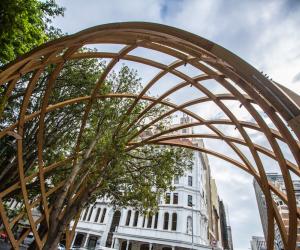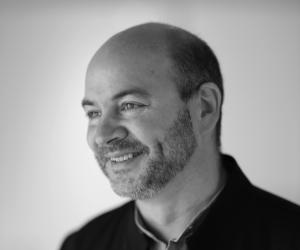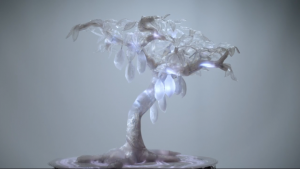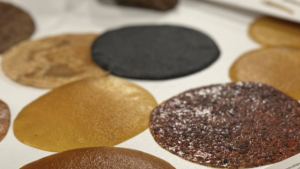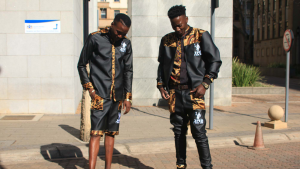Part of the Project
Nordic architectural firm Snøhetta has over the last 25 years been designing some of the world's most noteworthy public and cultural projects including thought-provoking installations and treetop bedrooms. Speaking at the Design Indaba Conference 2017, co-founder Craig Dykers attributed the firm's success to a non-linear outlook on what he called the design of habitat.
“We see ourselves as managers of habitat. We create things that we exist in, around, upon," he added.
Their work seems to live in harmony with nature. For some of the projects they've created, their clients are not humans. For example, they made beehives aesthetically pleasing to encourage people to invite these structures into their daily lives.
The firm was also commissioned to create the September 11 museum pavilion at the sight of Ground-Zero New York City. For the designers, this was a psychological challenge shrouded in trauma.
According to Dykers, projects like this call on designers to create with people in mind: "Just go out and look at people. You may design objects, but try not to spend all of your time looking at other objects. Look at people. Just look at them in their face. Spend time just watching how they react or change or shift very subtly according to their surroundings. Getting to know their faces helps you understand just who it is you're designing for."
Dykers' talk concluded with the unveiling of a project done in collaboration with Design Indaba alum and Local Studio architect Thomas Chapman.
Commissioned by Design Indaba and sponsored by financial services group Liberty, the Arch for Arch monument is a physical tribute to Archbishop Desmond Tutu, a tremendous figure in South Africa's democracy.

